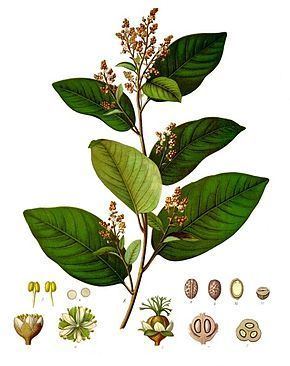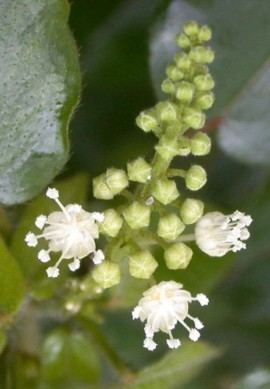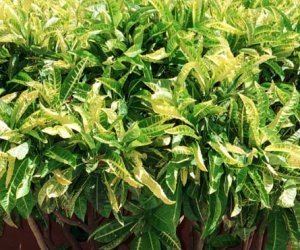Rank Species | Higher classification Rushfoil | |
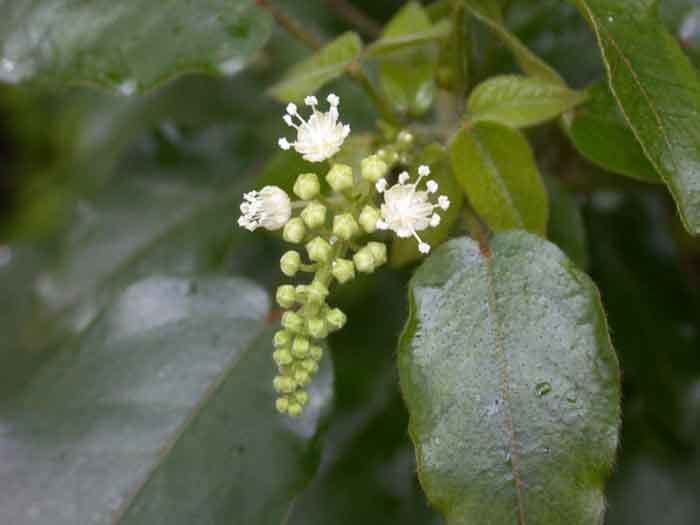 | ||
Similar Blue cohosh, Chimaphila, Rushfoil, Gonolobus cundurango, Sanicula europaea | ||
Croton eluteria, known as Cascarilla, is a plant species of the genus Croton, that is native to the Caribbean. It has been naturalized in other tropical regions of the Americas. It grows to be a small tree or tall shrub, rarely reaching 20 feet in height. Its leaves are scanty, alternate, ovate-lanceolate, averaging 2 inches long, with close scaling below, giving a metallic silver-bronze appearance, and scattered white scales above. The flowers are small, with white petals, and very fragrant, appearing in March and April. The scented bark is fissured, pale yellowish brown, and may be covered in lichen.
Contents

Tincture from the bark is used as a tonic and stimulant, and a fever reducer. Cascarilla bark is also used to flavour the liqueurs Campari and Vermouth.
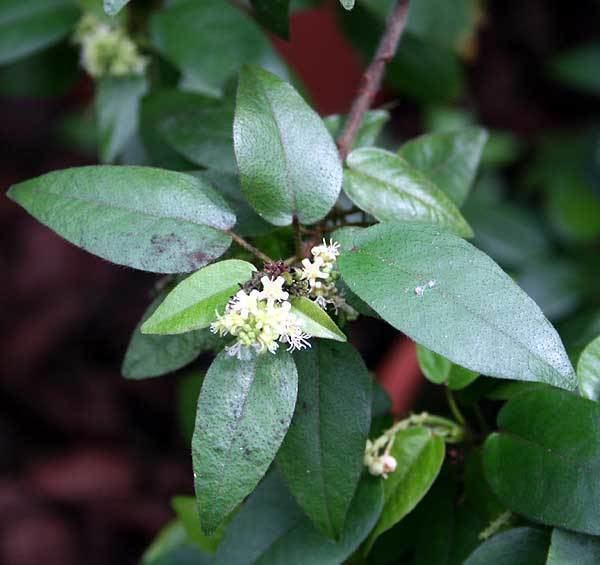
Chemical constituents

Cascarilla bark contains anywhere between 1 and 3% volatile oils, a unique series of diterpenoid compounds called Cascarillins, lignins, tannin, and resins. There is also a long list of aromatic terpene and diterpene compounds, including pinene, vanillin, D-limonene, and thujene.
Uses
1- fumigant
2- bitter stomachic
